Did you know that only Congress has the power to declare war?
It indeed requires an Act of Congress to declare war; yet, since 1941, the US has fought in numerous wars involving US personnel and other wars by proxy where we supplied arms and munitions.
The war in Ukraine is a proxy war that features NATO led by the US against Russia supported by communist China (and possibly Iran and N. Korea, both hostile to the US).
“Entangling alliance” refers to George Washington, who warned against unstable alliances. It was more likely Thomas Jefferson who used the term entangling alliances.
Early America was wary of getting entangled with the various European wars that had dominated Europe for centuries. Staying away from allying with one power over another seemed wise for a country separated from Europe by an ocean.
The danger of an entangling alliance was born out of the situation in Europe in 1914.
The Austro-Hungarian Empire, in the wake of Sarajevo, declared war on Serbia. Serbia was formerly part of the empire and was now hostile to the empire. Austria-Hungary held Serbia responsible for the assassination of Archduke Ferdinand and declared war.
The problem was that Serbia allied with Russia (pre-1917 revolution). Russia, a fellow Slavic country, considered itself the protector of Serbia and declared war on Austria-Hungary.
Austria-Hungary allied with Imperial Germany, so Germany declared war on Russia.
Russia had an alliance with France, so the Germans and the Austro-Hungarians were at war with Russia and France.
At first, Great Britain wished to stay out of it but was the protector of tiny Belgium. When the Germans invaded Belgium to get to France, Great Britain declared war on Germany and the Austro-Hungarians.
That is the essence of an entangling alliance in the early 20th century.
The US became part of World War I in 1917. We came in on the side of France and Great Britain, but it was not due to a formal alliance. Woodrow Wilson, president at the time, could only declare war with the approval of Congress, which he did.
What changed for the US was the emergence of the US as a superpower after WW2.
(Korea, Vietnam, Iraq, and Afghanistan are all examples of undeclared wars that the US fought with American troops on the ground. The president takes executive action with congressional support (hopefully), but not always and commits our military to “kinetic military actions” to avoid all-out war. A proxy war would be the US supplying one side over another in “their” war while not committing American troops. Proxy wars have been aimed at Soviet Russia in the past, and now Russia’s involvement in Ukraine, which, in case you do not know, was formerly part of the Soviet Union. It does get complicated.)
In the wake of WW2, Soviet Russia controlled most of eastern Europe. Germany was divided into east and western portions. Western Europe and the United States formed NATO, a mutual security alliance that sought to protect western Europe from Soviet aggression-a genuine threat that could have gone nuclear.
The Soviet Union formed the Warsaw Pact, including all the eastern European countries.
When the Soviet Union fell apart in 1989, the eastern European countries formerly under Soviet control became independent. Over some time, most, if not all, became part of NATO, fearing a resurgence of Russia.
Ukraine also became independent of Russia but was pro-Russia officially until a new government supplanted the old and became anti-Russia.
Although related Slavic peoples, there is a long history of animosity between them. In the 1930’s Stalin starved Ukraine, and millions died. During WW2, some Ukrainians fought on the German side, considering them the lesser of two evils.
When Ukraine became anti-Russia, Russia responded by invading Crimea, an area of mixed Russians and Ukrainians. Crimea is on the Black Sea and is considered a critical strategic area by the Russians. Leaving it in the hands of an increasingly hostile power was unacceptable to Putin. Ukraine was not strong enough to resist, and Crimea is now part of Russia (again).
Fast forward, and you realize that portions of eastern Ukraine contain heavy concentrations of ethnic Russians who have fought against Ukraine, seeking to rejoin Russia. In some sense, what you have is a type of civil war among kindred Slavic peoples.
The election of Zelensky arguably made everything worse. On the other hand, the former east bloc countries, now part of NATO, are understandably nervous, fearing a resurgence of Russian domination.
To further complicate matters, President Biden has assured Ukraine of NATO membership, presumably with the other countries of NATO in agreement. From the Russian point of view is a great insult to Putin, who sees it as a threat to Russia’s security. When Zelensky speaks of retaking Crimea, Russia’s security is again threatened by Ukraine and all of NATO.
Sigh.
The US has managed to get involved in an entangling alliance with NATO and Ukraine. The NATO alliance, once a security alliance to prevent Soviet aggression against western Europe, is now fighting an aggressive proxy war with a superpower. That is reality. None of this means approval of Putin’s aggression against Ukraine, but it does mean the US and NATO are entangled with no clear goals or way out. Hence, Biden’s speech and further commitment to the proxy war.
Meanwhile, Russia moves closer to the CCP, another power that seeks to supplant the US in any way that it can and who has designs on Taiwan, a country that the US has sought to protect in much the same way Great Britain sought to protect Belgium in WW1.
Like the powers in 1914, we are stuck. We are committed to only two options. Defeat Russia (not realistic) or negotiate. We cannot accomplish the defeat of Russia without a massive NATO intervention that takes us to the brink of nuclear war and right now, NATO and the US do not seem inclined to negotiate.
We like to think that maybe Putin will be toppled, and a new Russia will be nice. Don’t bet on it. Napoleon and Hitler both underestimated Russia and its people. We are playing a dangerous game.
I ask myself whether or not the proxy war in Ukraine aligns with the Augustinian doctrine of a “just war.”
Biden does, as do members of both parties. I think this reflects a trend away from Christianity rather than toward traditional Christianity morality. It seems evident in our country as we permit absurdity after absurdity, promoting the perverse that damages the image-bearers of God. From abortion on demand to transgender nonsense, our government plays a dangerous game with our Creator, a game we will eventually lose.
We cloak a proxy war “crusade” in Ukraine as a fight for democracy (which it is not) and a battle for freedom (who gets to define that), but in the end, it comes down to the use of power. An objective look at WW1 shows where this could end up, the difference being nuclear weapons, in which case no one wins.
We can only pray it does not escalate into Armageddon.





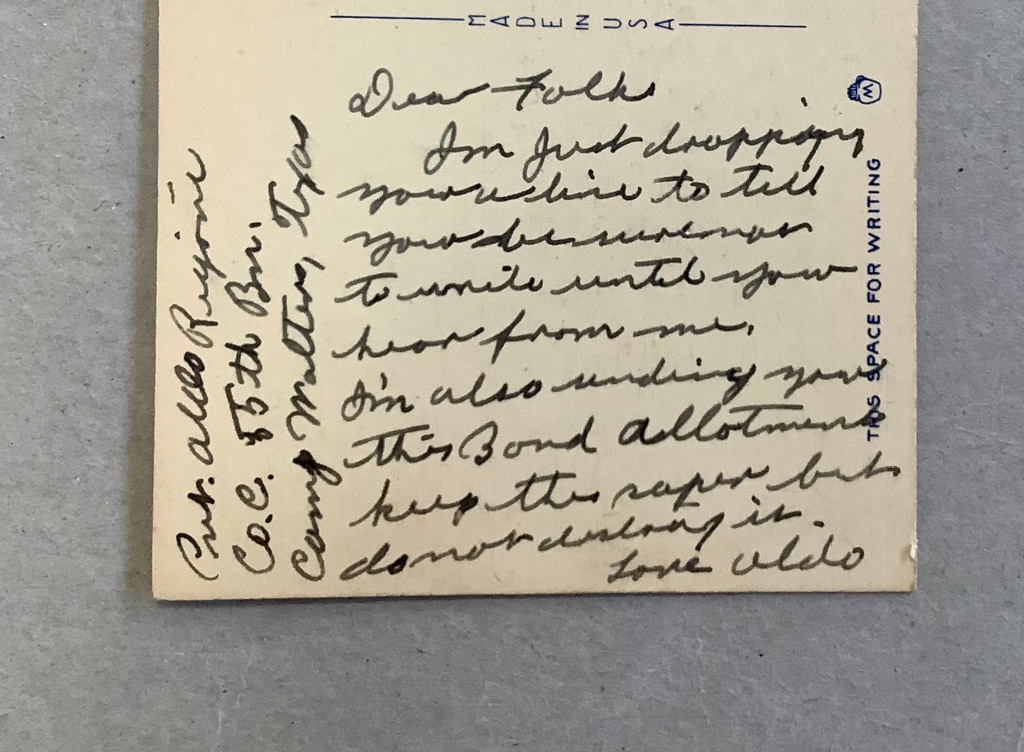



















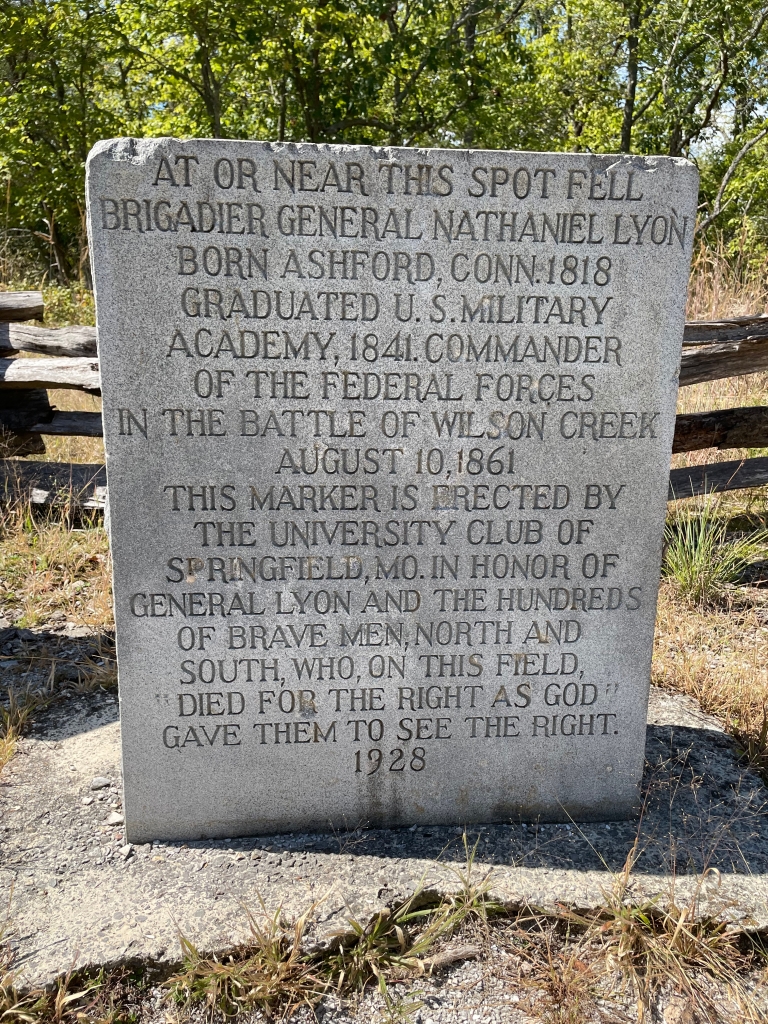




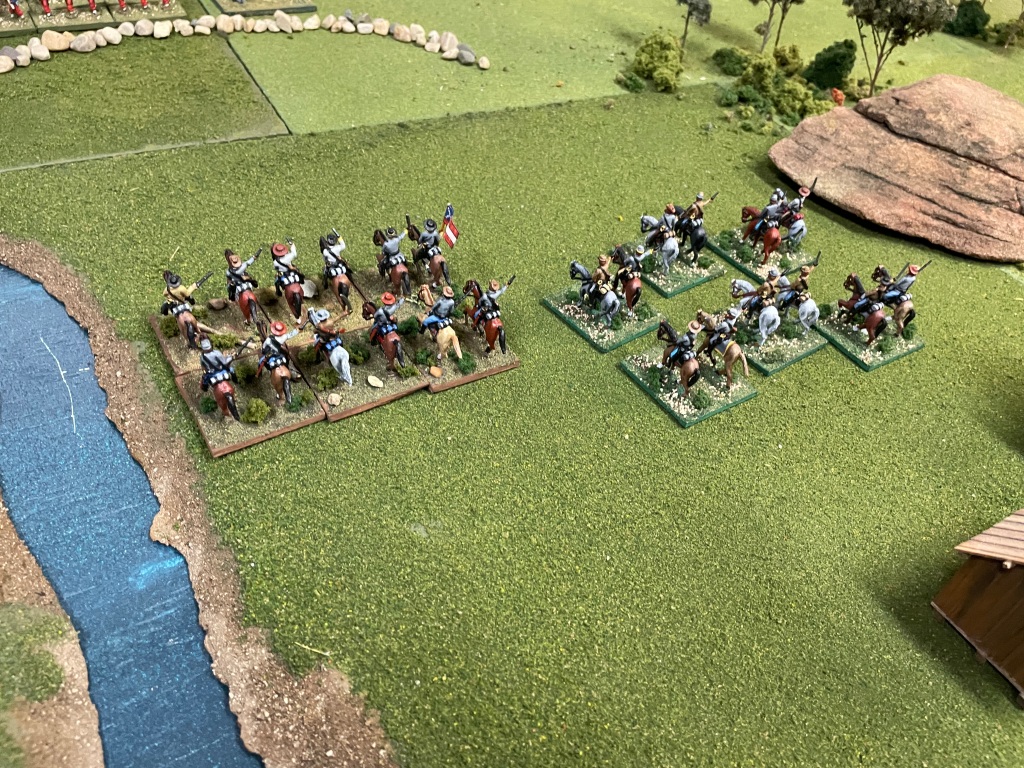






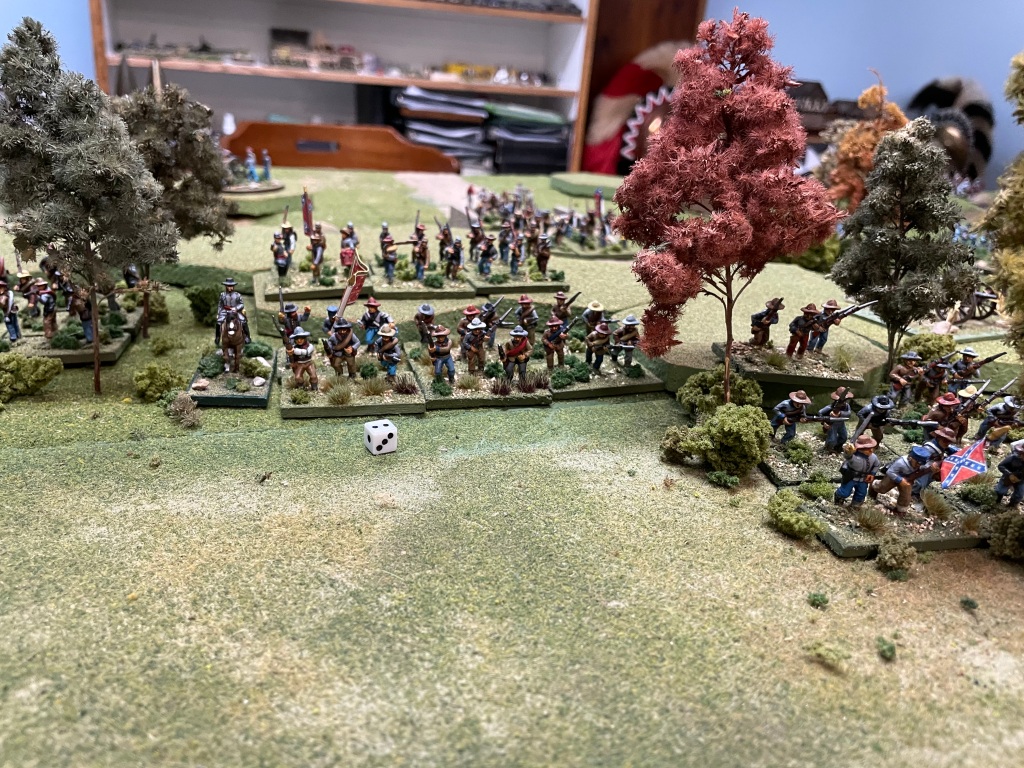

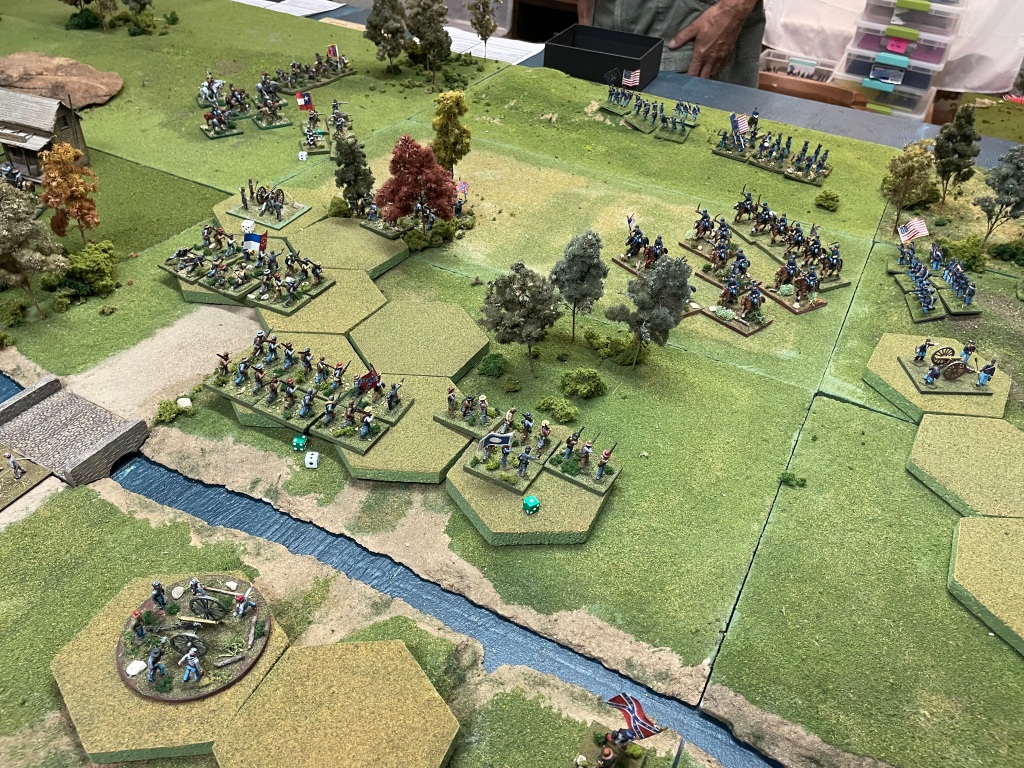


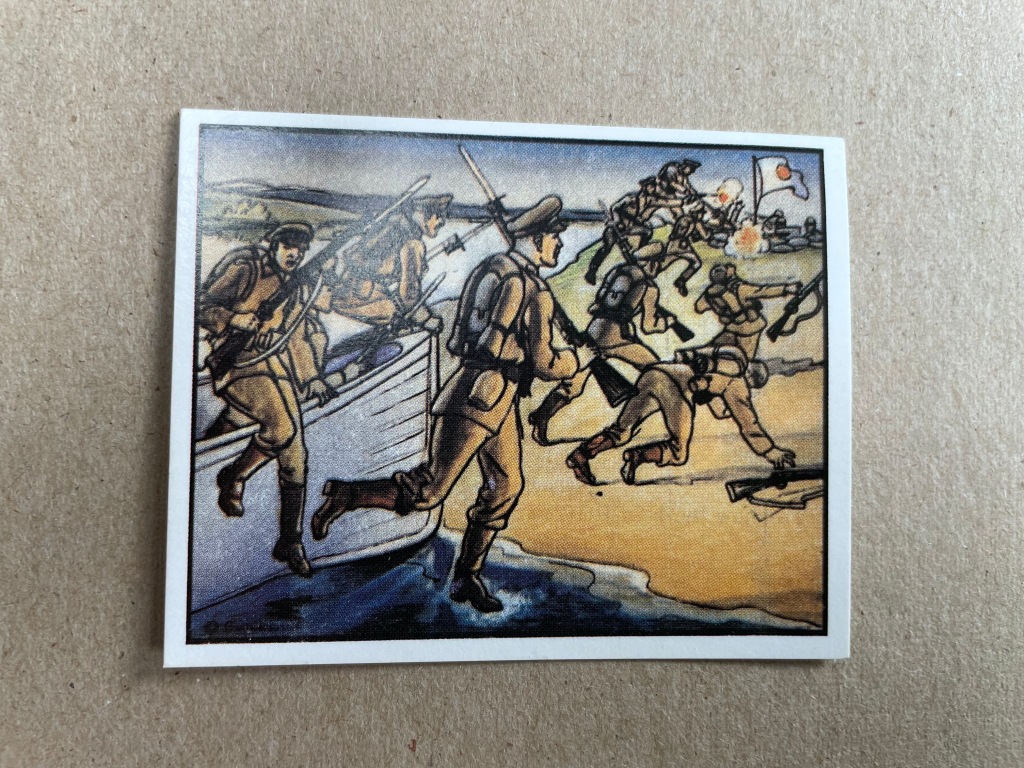





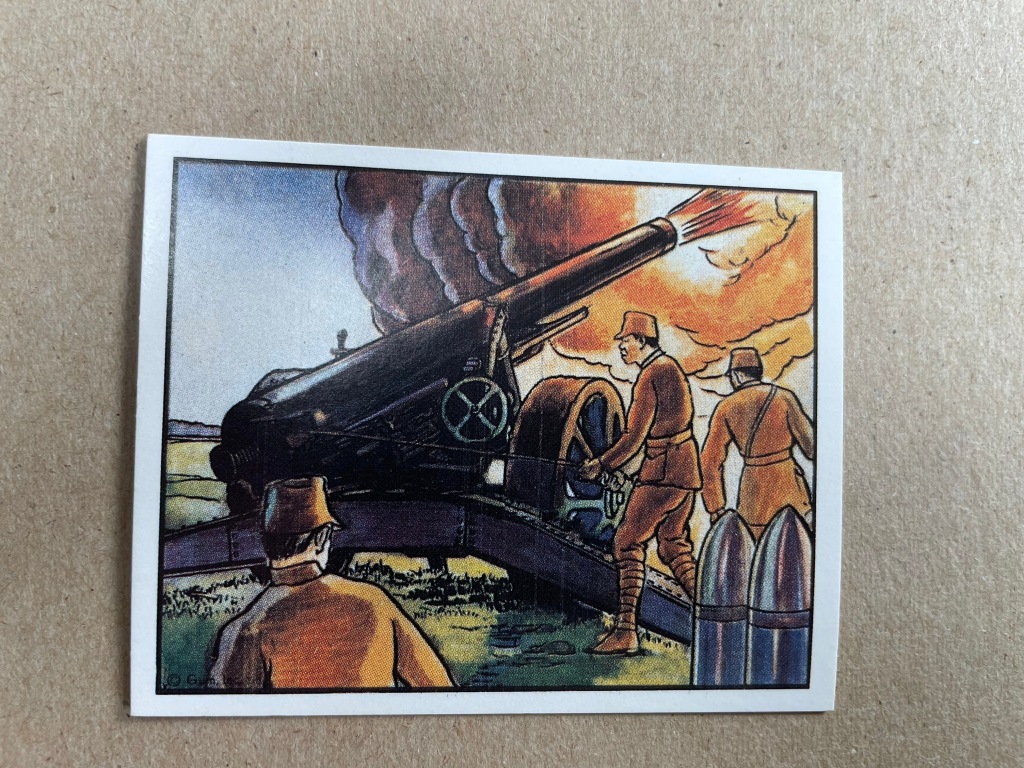

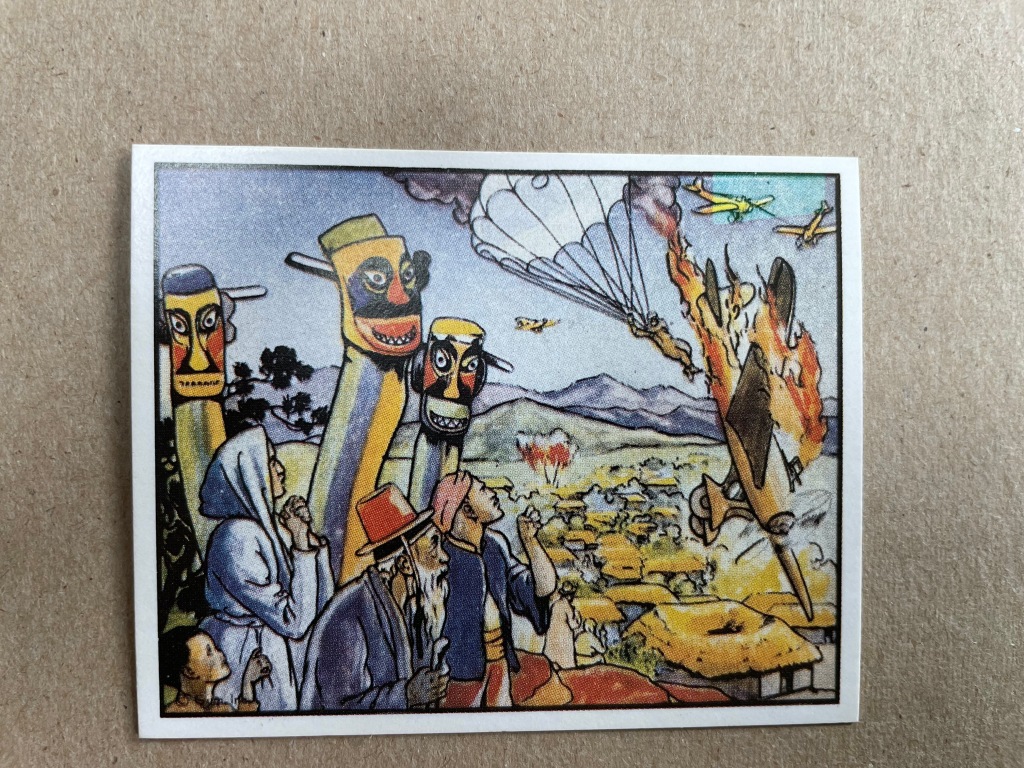



Entangling Alliances
Did you know that only Congress has the power to declare war?
It indeed requires an Act of Congress to declare war; yet, since 1941, the US has fought in numerous wars involving US personnel and other wars by proxy where we supplied arms and munitions.
The war in Ukraine is a proxy war that features NATO led by the US against Russia supported by communist China (and possibly Iran and N. Korea, both hostile to the US).
“Entangling alliance” refers to George Washington, who warned against unstable alliances. It was more likely Thomas Jefferson who used the term entangling alliances.
Early America was wary of getting entangled with the various European wars that had dominated Europe for centuries. Staying away from allying with one power over another seemed wise for a country separated from Europe by an ocean.
The danger of an entangling alliance was born out of the situation in Europe in 1914.
The Austro-Hungarian Empire, in the wake of Sarajevo, declared war on Serbia. Serbia was formerly part of the empire and was now hostile to the empire. Austria-Hungary held Serbia responsible for the assassination of Archduke Ferdinand and declared war.
The problem was that Serbia allied with Russia (pre-1917 revolution). Russia, a fellow Slavic country, considered itself the protector of Serbia and declared war on Austria-Hungary.
Austria-Hungary allied with Imperial Germany, so Germany declared war on Russia.
Russia had an alliance with France, so the Germans and the Austro-Hungarians were at war with Russia and France.
At first, Great Britain wished to stay out of it but was the protector of tiny Belgium. When the Germans invaded Belgium to get to France, Great Britain declared war on Germany and the Austro-Hungarians.
That is the essence of an entangling alliance in the early 20th century.
The US became part of World War I in 1917. We came in on the side of France and Great Britain, but it was not due to a formal alliance. Woodrow Wilson, president at the time, could only declare war with the approval of Congress, which he did.
What changed for the US was the emergence of the US as a superpower after WW2.
(Korea, Vietnam, Iraq, and Afghanistan are all examples of undeclared wars that the US fought with American troops on the ground. The president takes executive action with congressional support (hopefully), but not always and commits our military to “kinetic military actions” to avoid all-out war. A proxy war would be the US supplying one side over another in “their” war while not committing American troops. Proxy wars have been aimed at Soviet Russia in the past, and now Russia’s involvement in Ukraine, which, in case you do not know, was formerly part of the Soviet Union. It does get complicated.)
In the wake of WW2, Soviet Russia controlled most of eastern Europe. Germany was divided into east and western portions. Western Europe and the United States formed NATO, a mutual security alliance that sought to protect western Europe from Soviet aggression-a genuine threat that could have gone nuclear.
The Soviet Union formed the Warsaw Pact, including all the eastern European countries.
When the Soviet Union fell apart in 1989, the eastern European countries formerly under Soviet control became independent. Over some time, most, if not all, became part of NATO, fearing a resurgence of Russia.
Ukraine also became independent of Russia but was pro-Russia officially until a new government supplanted the old and became anti-Russia.
Although related Slavic peoples, there is a long history of animosity between them. In the 1930’s Stalin starved Ukraine, and millions died. During WW2, some Ukrainians fought on the German side, considering them the lesser of two evils.
When Ukraine became anti-Russia, Russia responded by invading Crimea, an area of mixed Russians and Ukrainians. Crimea is on the Black Sea and is considered a critical strategic area by the Russians. Leaving it in the hands of an increasingly hostile power was unacceptable to Putin. Ukraine was not strong enough to resist, and Crimea is now part of Russia (again).
Fast forward, and you realize that portions of eastern Ukraine contain heavy concentrations of ethnic Russians who have fought against Ukraine, seeking to rejoin Russia. In some sense, what you have is a type of civil war among kindred Slavic peoples.
The election of Zelensky arguably made everything worse. On the other hand, the former east bloc countries, now part of NATO, are understandably nervous, fearing a resurgence of Russian domination.
To further complicate matters, President Biden has assured Ukraine of NATO membership, presumably with the other countries of NATO in agreement. From the Russian point of view is a great insult to Putin, who sees it as a threat to Russia’s security. When Zelensky speaks of retaking Crimea, Russia’s security is again threatened by Ukraine and all of NATO.
Sigh.
The US has managed to get involved in an entangling alliance with NATO and Ukraine. The NATO alliance, once a security alliance to prevent Soviet aggression against western Europe, is now fighting an aggressive proxy war with a superpower. That is reality. None of this means approval of Putin’s aggression against Ukraine, but it does mean the US and NATO are entangled with no clear goals or way out. Hence, Biden’s speech and further commitment to the proxy war.
Meanwhile, Russia moves closer to the CCP, another power that seeks to supplant the US in any way that it can and who has designs on Taiwan, a country that the US has sought to protect in much the same way Great Britain sought to protect Belgium in WW1.
Like the powers in 1914, we are stuck. We are committed to only two options. Defeat Russia (not realistic) or negotiate. We cannot accomplish the defeat of Russia without a massive NATO intervention that takes us to the brink of nuclear war and right now, NATO and the US do not seem inclined to negotiate.
We like to think that maybe Putin will be toppled, and a new Russia will be nice. Don’t bet on it. Napoleon and Hitler both underestimated Russia and its people. We are playing a dangerous game.
I ask myself whether or not the proxy war in Ukraine aligns with the Augustinian doctrine of a “just war.”
Biden does, as do members of both parties. I think this reflects a trend away from Christianity rather than toward traditional Christianity morality. It seems evident in our country as we permit absurdity after absurdity, promoting the perverse that damages the image-bearers of God. From abortion on demand to transgender nonsense, our government plays a dangerous game with our Creator, a game we will eventually lose.
We cloak a proxy war “crusade” in Ukraine as a fight for democracy (which it is not) and a battle for freedom (who gets to define that), but in the end, it comes down to the use of power. An objective look at WW1 shows where this could end up, the difference being nuclear weapons, in which case no one wins.
We can only pray it does not escalate into Armageddon.